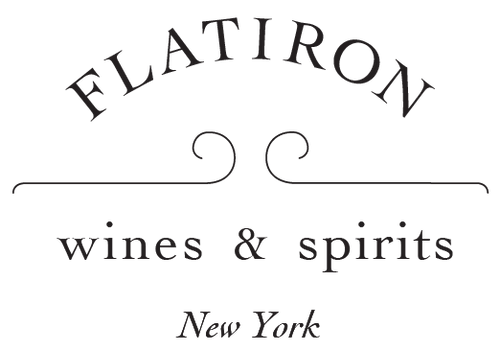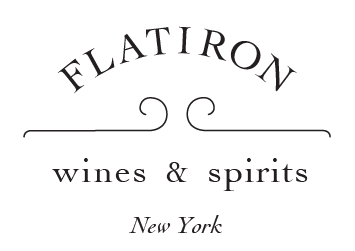Clemens, the 5th of his name, along with wife Rita, are stalwarts of biodynamics and natural wine making, a rarity in the Mosel. Situated on the diving line between the middle and lower Mosel, they've single handedly regained recognition for their home vineyard, Marienberg.The Marienberg was collateral damage of German bureaucracy in 1971. It's 23 hectares were expanded to include 91 hectares and its reputation quickly faded. Clemens and Rita have spent a lifetime teasing out the once recognized parcels and applying their lost names. Red, grey and blue slate snake through the vineyard. Each bottle, besides being a single vineyard, is further divided by slate type with a corresponding capsule to indicate which color it was grown on.
What importer Bowler Wine has to say about this wine...
“Vom roten Schiefer“ translates to „on the red slate”. The grapes for this wine grow in two different sites –“Rothenpfad” and “Nonnengarten”. “Rothenpfad” is avery steep, south-east facing slope on theMarienburg. The soil is light and consists mainly of soft, weathered red clay slate. “Nonnengarten” is located to the west of the Marienburg. The red slate dominates the soil here as well, but is more marbled and somewhat heavier. These two types complement each other perfectly and have formed the base for “vom roten Schiefer”, since the 2003 vintage. The grapes get handpicked at the end of October. They get pressed very gently, then ferment spontaneously in old “Fuder," and see a long maceration on the lees until bottling with minimal sulfur.
Details
-
Grape Variety
-
Vintage
2022
-
Size
750ml
-
Farming Practice
Biodynamic
-
Sweetness
Dry
-
Body
Light Bodied
German Wines
Is there a better grape than Riesling? Is there a better value? Its fruit purity, its perfume, and its mineral nuance are all unparalleled. And for centuries, the top German Rieslings were priced accordingly: at least as expensive as the top red wines of Bordeaux and Burgundy. But nowadays you could spend a lifetime exploring Germany’s great Riesling-producing regions while staying well within your budget. You might take an occasional break to try Germany’s other white grapes or perhaps a glass of Spätburgunder (the local name for Pinot Noir). It’s time to get started!














